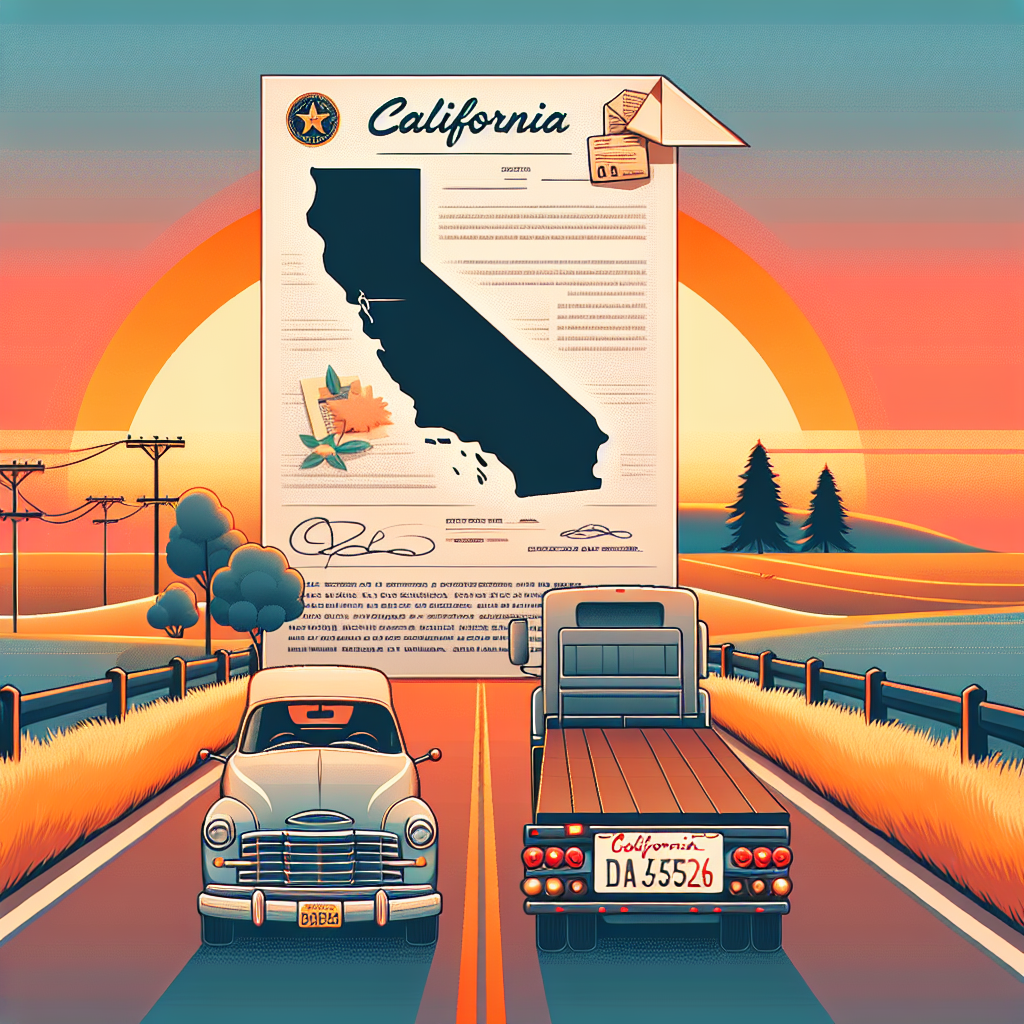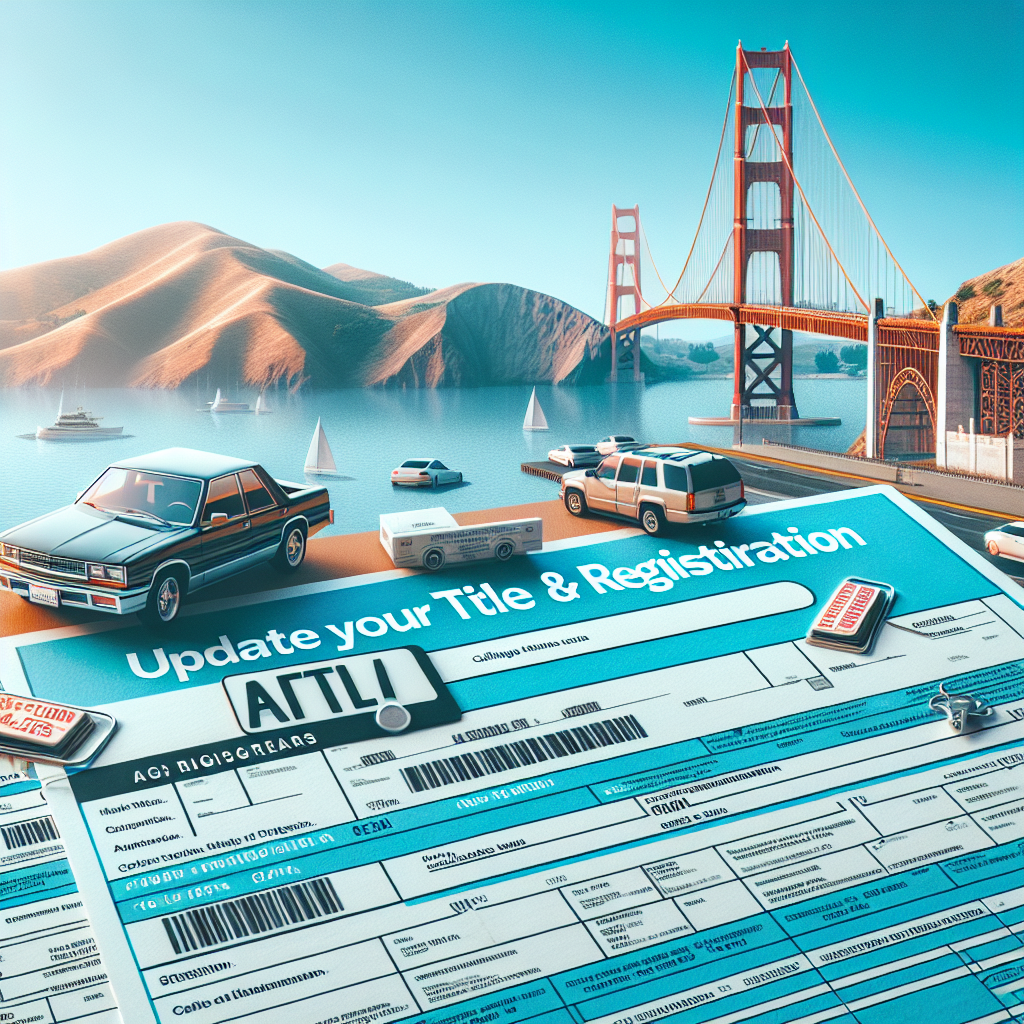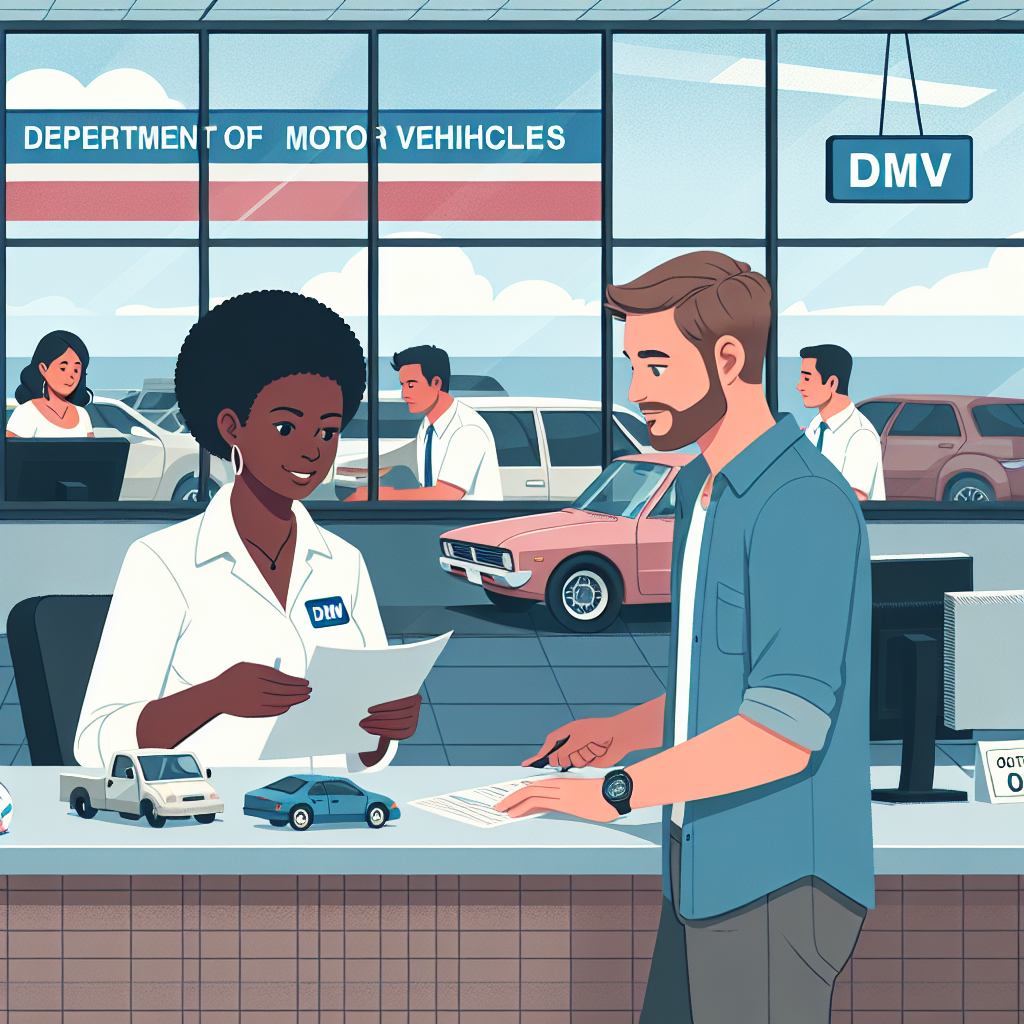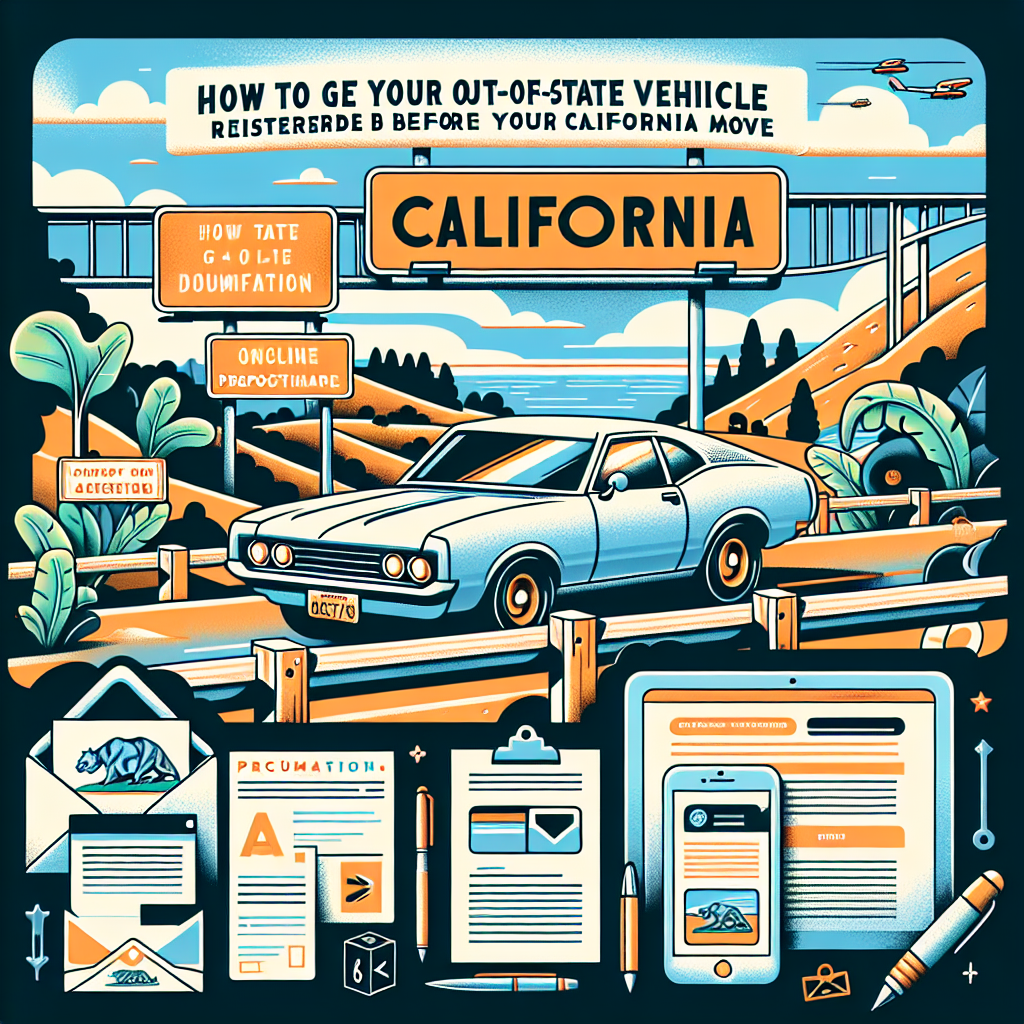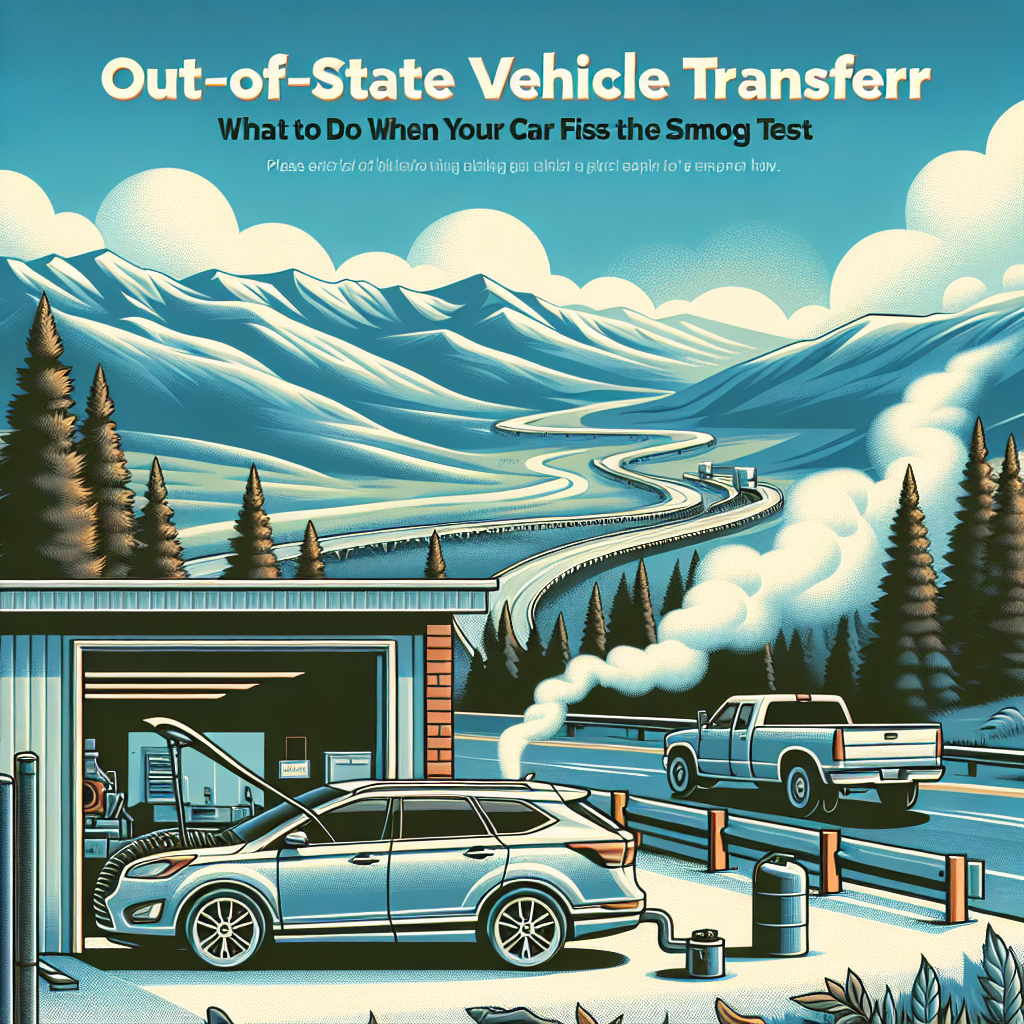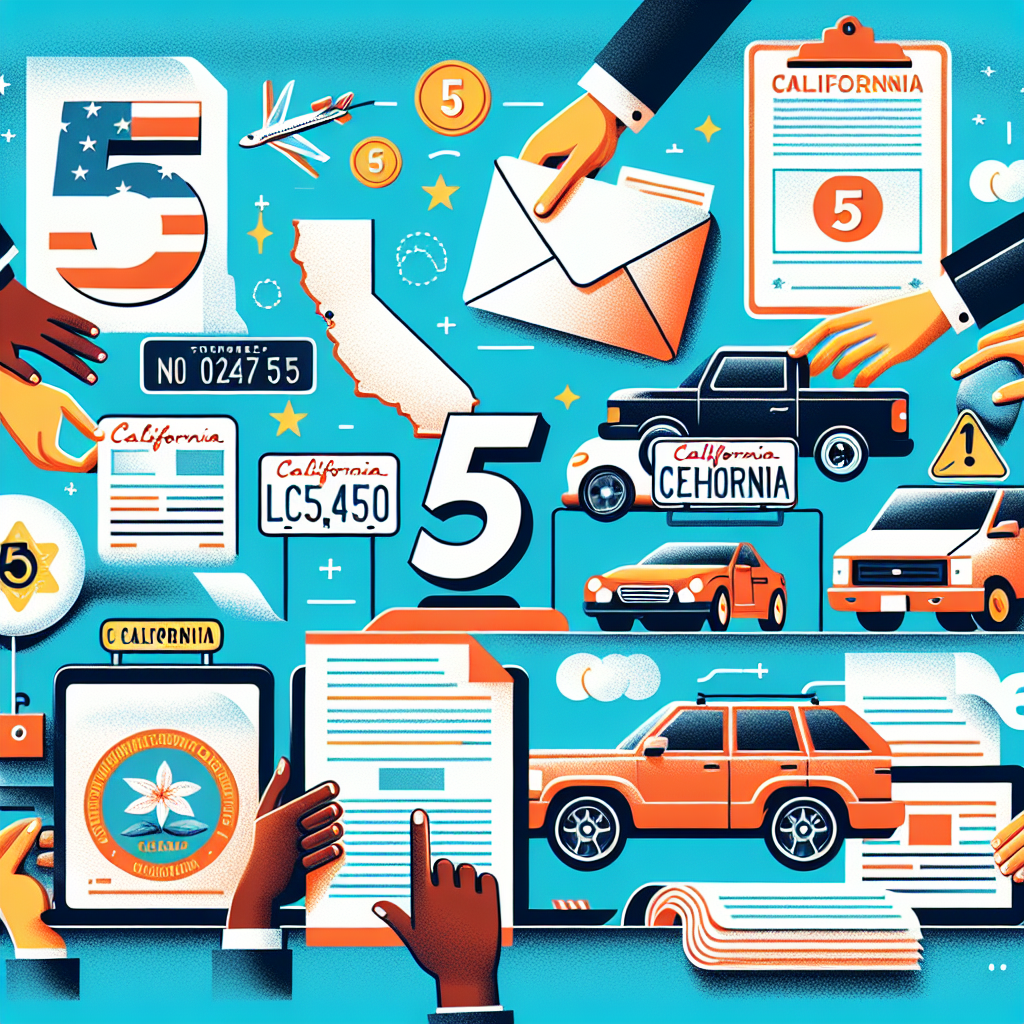The Legal Steps for Bringing Your Out-of-State Car to California
Introduction
Welcome to California! The golden sunsets and beautiful drives bring new residents every day. Moving here is exciting, but you have some tasks to do, like registering your car from another state. To legally drive on California roads, you need to follow the state’s vehicle registration rules and deadlines. It’s important to know what to do to avoid any trouble and enjoy driving in California.
Understanding the Basics
Before we talk about the steps, let’s understand what an out-of-state car is. Any car that was registered in a different state before coming to California is out-of-state. If you move to California, you must switch your car registration to follow the law. This ensures your car meets California’s rules, like its strict rules for emissions that help keep the air clean.
Steps to Legally Transfer Your Car
Step 1: Getting the Right Papers
Collect these important documents:
- Vehicle Title and Current Registration: These show you own the car and it’s legally registered.
- Proof of Insurance: Your insurance must meet California rules.
- Emission Compliance: Your car needs to pass California’s emission tests. If your car was made for sale in California, getting a “Certificate of Conformity” helps make this step faster.
Step 2: Start the Process
You have 20 days from the time you move to California to start the transfer with the Department of Motor Vehicles (DMV). Here’s what you do:
- Visit the DMV or go online to start.
- Fill out the ‘Application for Title or Registration’ form.
- Show proof you live in California, like a utility bill or lease, with your papers.
Step 3: Check Your Car
Your car needs an inspection and a smog check:
- Smog Check: Needed unless your car is exempt (check if it qualifies because of its age or other reasons).
- Do this before your DMV appointment to make registration easier.
Step 4: Finish Registration
To complete registration:
- Pay any fees and taxes.
- Bring all the documents and smog check results to the DMV.
- Make sure everything is correct to avoid extra charges or problems.
Common Problems and Solutions
Sometimes transferring your car isn’t easy. Emission tests can be a big problem. If your car doesn’t pass, you might need to fix it. Also, mistakes in your paperwork can cause delays. Double-check everything and ask for help if you need it—professionals can make the process easier.
Important Things to Know
Besides the main steps, keep these in mind:
- Transfer Fees: They vary based on your car.
- Not Following the Rules: Missing deadlines can affect your insurance and bring penalties, so do all the tasks on time.
Where to Get Help
It might seem hard to deal with California’s DMV, but help is available:
- The California DMV website has all the forms and instructions.
- Services like Tags Clinic can give expert help to make the transfer easier.
Conclusion
In short, bringing your out-of-state car to California takes some work. Follow the rules and timelines, and your car will be ready to hit the Californian roads legally. This guide can help you through the process smoothly.
Call to Action
Don’t let paperwork stop you from enjoying California! Start the transfer today, and if it’s tricky, remember that services like Tags Clinic can help.Visit us at Tags Clinic located at 3845 University Ave, San Diego, CA or call us at 619-777-9046. Let us make sure you enjoy driving in California without any worries!
